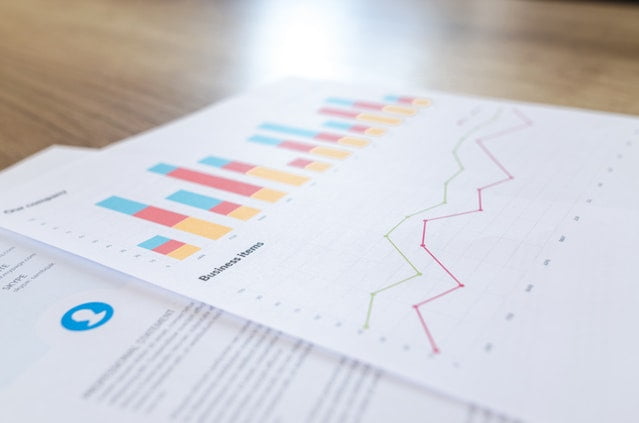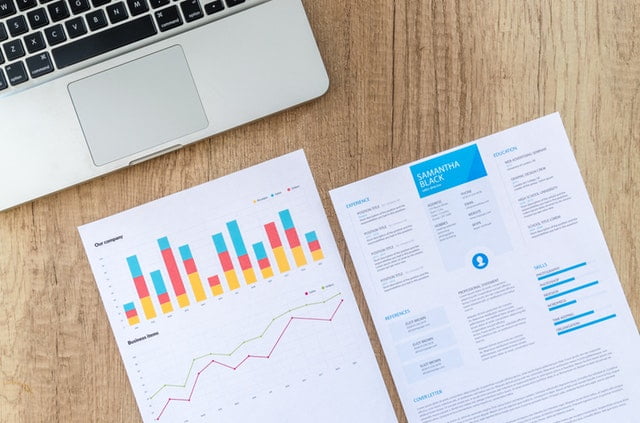
An HR Metric for Compensation: Salary Range Penetration
Some metrics are easier to calculate than others. Unfortunately, this one won’t be just tallying up some headcounts. Salary range
"HR Spreadsheets Suck! How to Modernize HR Reporting"Register Now
Human Resources (HR) metrics are a set of quantifiable data that organizations use to measure and manage the effectiveness of their HR functions. HR metrics can provide insights into areas such as workforce planning, recruiting, employee retention, and training and development. While there is no standard set of HR metrics, most organizations use a combination of metrics that are tailored to their specific business needs. There are a variety of HR metrics that organizations can use to measure the effectiveness of their HR functions. Some of the most common HR metrics include turnover rate, average time to fill a position, employee satisfaction survey scores, and training costs. Organizations can use these metrics to identify areas where they need to make changes in order to improve the effectiveness of their HR department. HR metrics can provide useful insights into the effectiveness of an organization’s HR function. By tracking these metrics, organizations can identify areas where they need to make changes in order to improve the effectiveness of their HR department.

Some metrics are easier to calculate than others. Unfortunately, this one won’t be just tallying up some headcounts. Salary range

Understanding the employee lifecycle is key to the success of HR and its being a strategic business partner. There are different kinds of HR metrics for every phase to assist in that process.

Compensation is important to business operations. Compa-ratio is an excellent HR metric for making sure your comp strategies and plans are working.

HR metrics are key for managing your workforce effectively, especially for your organization’s leaders. People don’t leave companies, they leave managers.

Being a strategic business partner means watching trends. The declining birth rate is a trend that can have big impact on your strategic workforce planning. Learn more here.

Time-to-productivity is a good HR metric for understanding how your new hires are performing in the workplace. It can be an indicator of how effective key programs such as retainment really are.

Both data mining and data farming can be beneficial tools, but with caution. Both can raise serious data privacy and ethical concerns.

Tracking and managing employee concerns for investigations is still a very manual process. Finding the right HRM system to help can make a difference. Employee Cycle’s dashboard helps to optimize that process.

Data aggregation is an essential tool for any HR analyst looking to create metrics and analytics to find the story in their workforce data. Data aggregation helps with visualization which tells the big story.

Ensuring your recruiter team has a balanced workload is key to avoiding burnout and poor-quality hires. Requisitions per recruiter are a useful metric to help to measure and understand that phenomenon.

The demands on HR are shifting from service-focused to a strategic business partner. Knowing your HR analytics maturity will help HR become high-impact within the organization.

Long employee tenures are no longer the norm within today’s offices. We don’t expect employees to stay with organizations for

Metrics are vital to an effective and competitive total rewards strategy to attract, motivate and retain the best talent in the labor market.

Inclusion is the key to diversity. But, overlooking intersectionality can be the padlock that holds back D&I solutions from being effective and meaningful. Companies need to pay attention to intersectionality.